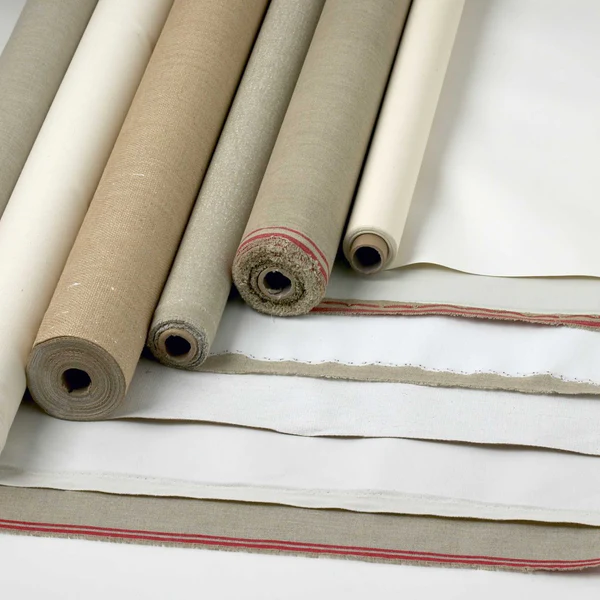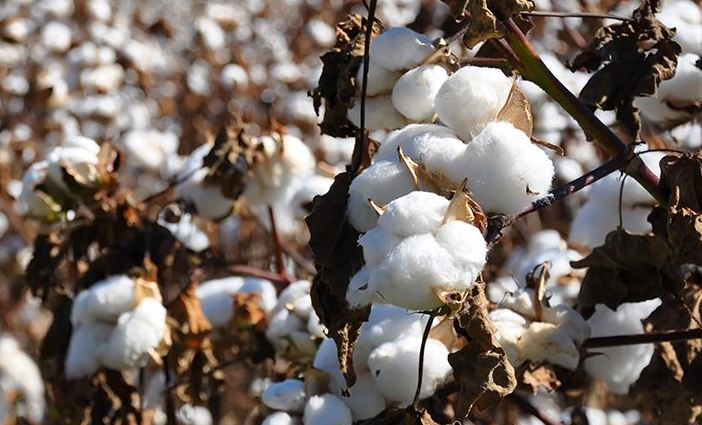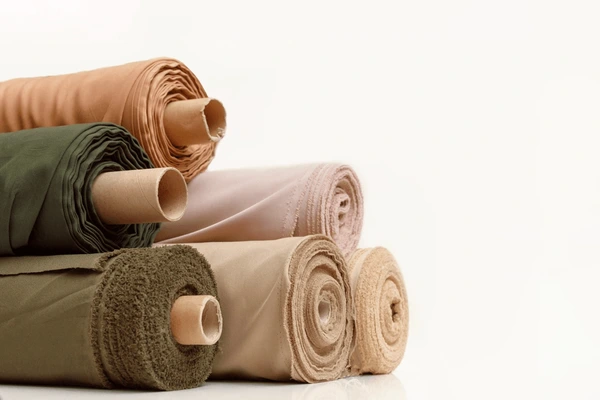In the textile industry, understanding the Harmonized System Nomenclature (HSN) codes for cotton fabrics is essential for businesses and professionals dealing with fabric import, export, or manufacturing. The HSN code system, a universally recognized standard for classifying goods in international trade, simplifies the process of identifying products and ensuring compliance with various tax regulations. This blog post delves into the various HSN codes specific to cotton fabrics, providing a valuable resource for anyone involved in the cotton textile market.
Why Cotton?
Cotton, known for its breathability, durability, and comfort, remains a staple in the textile industry. Its popularity stems from the versatility and environmental sustainability of the fabric, making it a preferred choice for a wide range of products, from clothing to home furnishings. The significance of cotton in the textile realm is further explored in our blog, “What Makes Cotton So Popular?” which details the enduring appeal of this natural fiber.

HSN Codes for Cotton Fabrics
HSN codes for cotton fabrics vary based on the type of fabric, processing involved, and the final product’s use. These codes are crucial for anyone in the supply chain of cotton fabrics, as they influence tariffs, taxes, and documentation required for shipping and handling. Here’s a breakdown of the primary HSN codes related to cotton fabrics:
- Raw Cotton (HSN Code 5201): This category includes all forms of raw cotton, which haven’t been processed or spun into yarn. It’s the foundational material for all cotton fabric products.
- Cotton Yarn (HSN Codes 5205, 5206, 5207): These codes categorize cotton yarn based on whether it’s combed, carded, or otherwise processed. The distinctions are important for manufacturers selecting the right type of yarn for their fabrics.
- Woven Cotton Fabrics (HSN Codes 5208, 5209, 5210): These codes are further divided based on the fabric’s weight and whether the cotton is dyed, printed, or unbleached. Each code reflects specific characteristics and uses of the woven cotton fabric.
- Knitted or Crocheted Cotton Fabrics (HSN Code 6006): This category includes fabrics made by knitting or crocheting, offering a different texture and flexibility compared to woven fabrics.
- Special Fabrics (HSN Codes 5801, 5806): These codes cover specialized cotton fabrics like lace, tapestries, and tufted textile fabrics, which have unique manufacturing processes and uses.
Exploring Cotton Blends and Innovations
The evolution of cotton textiles has led to the development of various cotton blends, combining the natural benefits of cotton with the strengths of other fibers. “Types of Cotton Blends: Unveiling the Fusion of Comfort and Innovation” is a blog that explores these innovative blends, offering insights into how they enhance the functionality and appeal of cotton fabrics.
The Importance of Fabric Sourcing
For businesses, the process of fabric sourcing is critical to achieving quality and sustainability in their products. “A Guide to Fabric Sourcing” provides an in-depth look at the strategies for finding the best fabrics, including cotton, emphasizing the importance of ethical and efficient sourcing practices.

Cotton Production in India
India plays a significant role in the global cotton market, with its extensive production and export of cotton textiles. “A Deep Dive into Cotton Production in India” examines the country’s cotton industry, highlighting the challenges and opportunities within this vital sector.
Conclusion
Understanding the HSN codes for cotton fabrics is fundamental for professionals in the textile industry. It not only aids in regulatory compliance but also in making informed decisions about fabric selection and sourcing. As the industry continues to evolve, staying informed about these codes, along with the latest trends and practices in cotton production and sourcing, becomes increasingly important.
For more insights into the textile industry and to discover a wide range of high-quality cotton fabrics, visit locofast.com. Locofast is your go-to destination for sourcing premium textiles, offering an extensive collection that meets all your fabric needs.
Through understanding the various HSN codes for cotton fabrics and staying updated with industry trends, professionals can navigate the complex textile market with confidence and ease.
